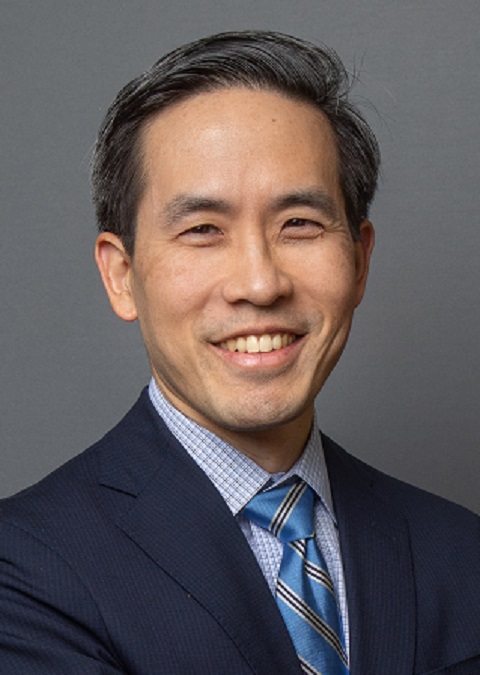“It’s a wonderful thing. I have so much more energy now, and I have so much more time to myself."

Post-kidney transplant, Timothy Collins found his world transformed.
Loving Life with a New Kidney
Timothy Collins, 60, of Westfield, was diagnosed in 1996 with polycystic kidney disease (PKD), which causes kidneys to enlarge and lose function over time. “PKD is hereditary,” he explains. “My father had it, my grandmother had it and my brother has it.”
In 1998, Timothy got a kidney transplant from his younger sister. The kidney functioned well for almost 18 years, but in 2016 an infection caused his body to become severely dehydrated. Timothy needed to be on hemodialysis—in which blood is pumped out of the body, filtered through an artificial kidney machine and returned—three days a week for two months. After that, he had a catheter placed in his stomach so he could do at-home peritoneal dialysis, which uses the lining inside the belly as a natural filter. He did this nightly for 16 months.
“Even though you’re on dialysis, it’s not like having a kidney,” Timothy says. “There’s still poison in your body and you have a yellow look. I gained weight and my creatinine levels [a measure of kidney function] were way too high.”
Medical Advances

“We’re so fortunate that in kidney failure, there’s the option of dialysis,” says Francis Weng, MD, Chief of the Renal and Pancreas Transplant Division at Saint Barnabas Medical Center (SBMC). “It keeps people alive. However, dialysis doesn’t replace the full function of the kidney. For most patients, the better option is a kidney transplant.”
Timothy’s niece, who was 21 at the time, offered to donate a kidney to him. At Timothy’s insistence, they waited until she graduated from business school and law school, which she was attending simultaneously, in May 2018. Though her kidney wasn’t a match for Timothy, she became part of the kidney transplant chain at SBMC: She donated to someone for whom her kidney was compatible, and Timothy was given a kidney from another donor.
“Living donor programs like the one Timothy was in are one of the significant advances in kidney transplantation that we’ve seen over the past 15 years,” says Dr. Weng. “We also have many more choices in the kind of medications we use to prevent rejection of the transplant and minimize side effects. The vast majority of patients do quite well after transplantation.”
“It’s a wonderful thing,” says Timothy. “I have so much more energy now, and I have so much more time to myself since I don’t have to plan my days around getting to a machine at a certain time. I’ve been able to be the project manager on several commercial renovation projects, and that was the best therapy ever. I love life, and I’ve been very blessed.”
Learn more about kidney transplants at Saint Barnabas Medical Center.